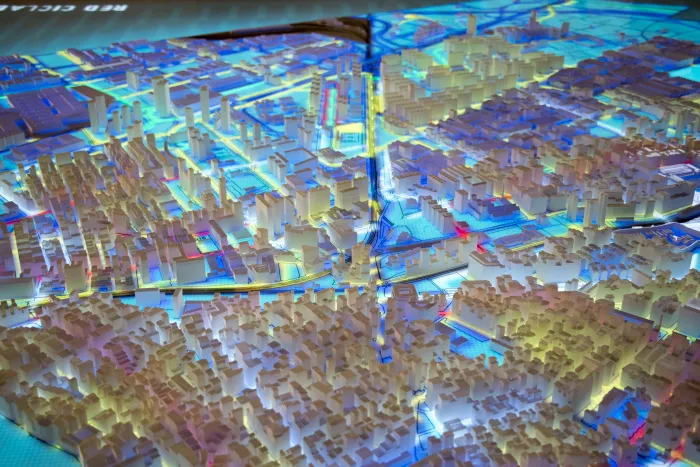Imagine working in a hot, humid, muggy office space. A ceiling fan pushing the warm, stale air, your skin clammy, with a two-button temperature control box in the corner. Now, imagine working in an office space equipped to sense your physiology and adapt the environment to your needs. As your body temperature rises, your heart rate increases or your skin begins to produce moisture, the room temperature decreases, and the airflow changes. Imagine living in an environment that responds and adapts to your physiological needs rather than your physiology responding to environmental conditions.
This future may not be too far off.

Founded by artists Maurice Benayoun and Refik Anadol, the Mindspaces Consortium is invested in developing “adaptive and inclusive spaces that dynamically adapt to emotional, aesthetical and societal responses of end users, creating functionally and emotionally appealing architectural design.” The proposed adaptive environment framework, capable of responding to physiological needs through real-time data capture and tracking, can have a resounding impact on user experience.

“By integrating approaches from neuroscience, physiology and psychology with architectural research, sociological and ethnographic methodologies, human experience can be directly linked to design by correlating specific measures of the built environment (input) with quantified measures of the brain’s and body’s responses (neural, physiological and psychological responses), as well as sociological, behavioral and economic outcomes (output).”
– MINDSPACES CONSORTIUM





